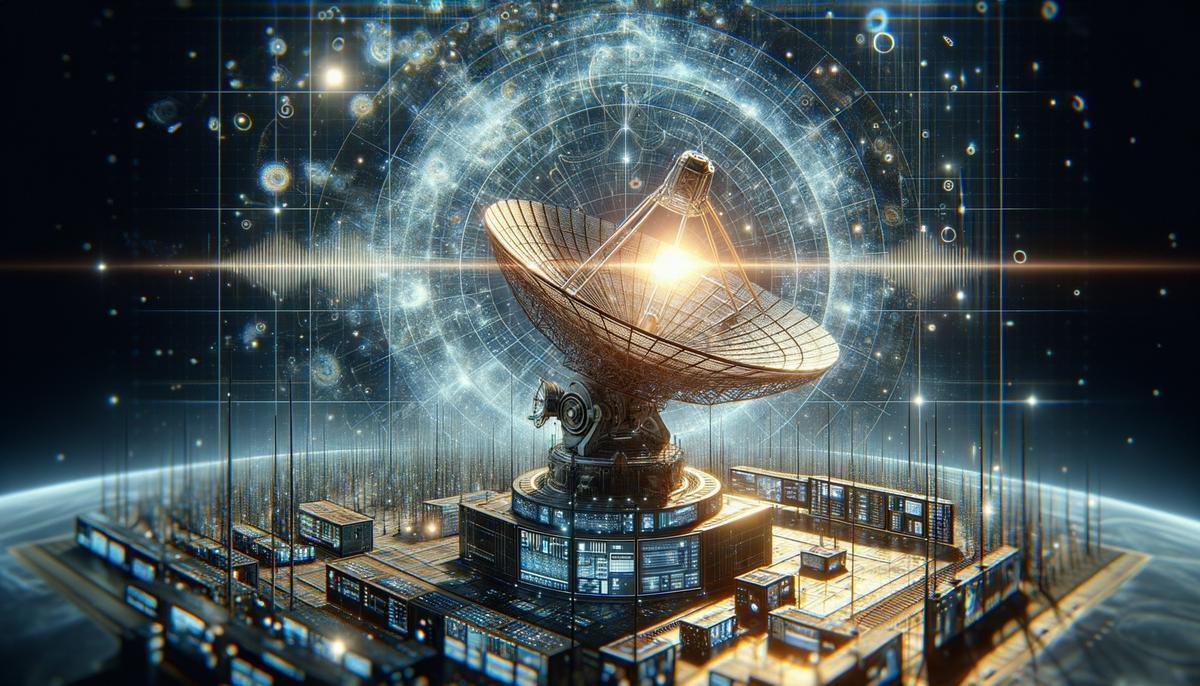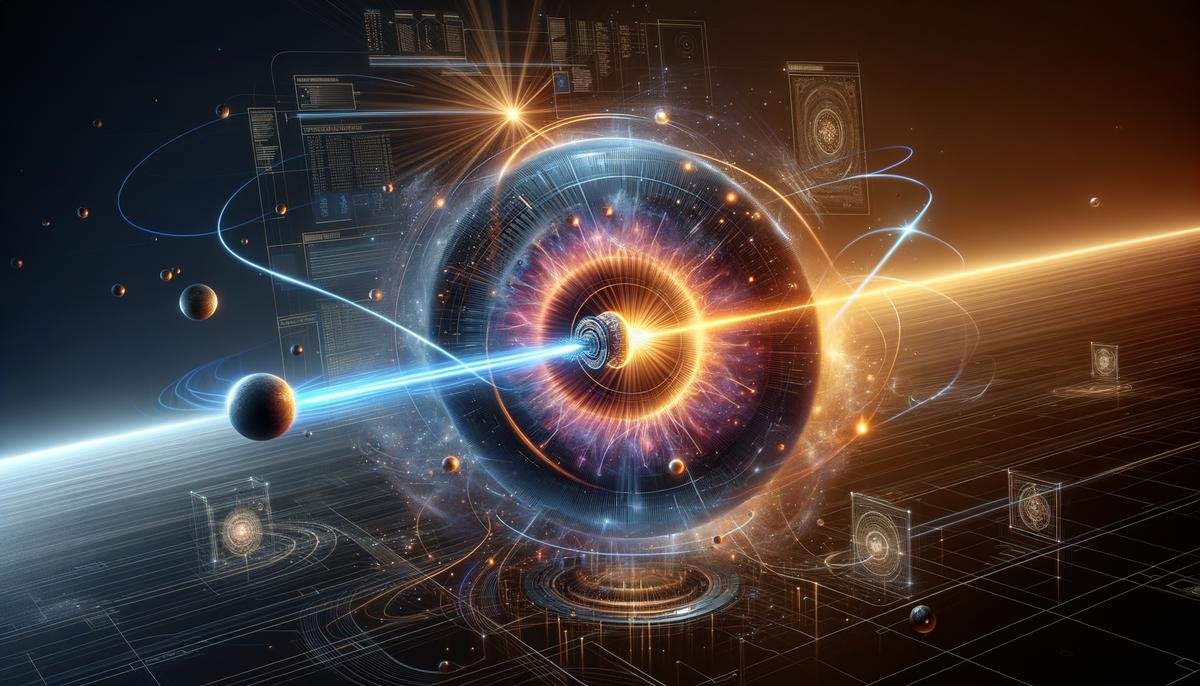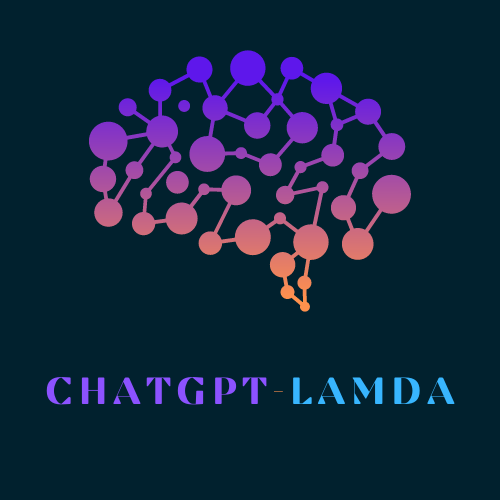AI's Role in SETI
Artificial intelligence is revolutionizing the search for extraterrestrial intelligence (SETI). With advanced algorithms, AI sifts through massive amounts of data from radio telescopes, identifying potential signals that humans might miss.
The Very Large Array, consisting of 28 dish antennas, processes two terabytes of data per second with AI assistance. Projects like Breakthrough Listen utilize AI to scan a million stars, distinguishing between genuine interstellar signals and terrestrial noise.
At Green Bank Observatory, AI analyzes star data to flag unusual signals. This technology enhances efficiency and allows scientists to focus on interpreting results rather than manual data processing.
Unsupervised learning techniques enable AI to discover patterns without predefined parameters. This approach has already proven useful in identifying objects like the Apollo 15 lunar lander, suggesting potential for locating extraterrestrial artifacts.
As AI capabilities grow, researchers anticipate that Artificial General Intelligence (AGI) could develop new strategies for detecting alien communications, potentially overcoming current limitations in SETI research.

AI and Data Analysis in Astronomy
AI has become essential in astronomical data analysis, helping scientists manage and interpret vast amounts of information from various sources, including space missions and ground-based telescopes.
Machine learning algorithms excel at pattern recognition, distinguishing between background noise and potential signals of interest. This capability is crucial for identifying faint cosmic signals amidst the constant stream of data.
Unsupervised learning allows AI to explore data without predetermined guidelines, potentially uncovering unexpected phenomena. This approach has proven valuable in analyzing complex datasets, such as those from Mars exploration missions.
AI's analytical power extends to various astronomical tasks, including:
- Categorizing molecular signatures
- Fingerprinting potential biosignatures
- Processing data from Mars missions
The integration of AI in astronomy not only enhances current research capabilities but also opens new avenues for exploration and discovery in the field.

Potential of AGI in SETI
Artificial General Intelligence (AGI) could significantly advance SETI by developing novel approaches to signal detection and interpretation. Its potential to think beyond human biases may lead to innovative strategies for cosmic exploration.
AGI's computational power could enable more complex analysis of signals across various wavelengths and potential communication systems. This could increase the likelihood of recognizing and decoding extraterrestrial messages.
However, implementing AGI in SETI raises ethical considerations. Questions about decision-making autonomy, accountability, and the potential impact of contact with alien civilizations need careful consideration.
"Balancing AGI's capabilities with human oversight will be crucial. While AGI could uncover new avenues for exploration, it's important to ensure alignment with human values and ethical standards."
As AGI development progresses, collaboration between technologists, ethicists, and policymakers will be necessary to establish guidelines for its use in SETI, ensuring responsible advancement in our search for extraterrestrial intelligence.

Interstellar Communication and AI
AI, particularly large language models, could play a significant role in potential interstellar communication. The concept involves transmitting AI models capable of encapsulating human knowledge and experience, providing a more comprehensive representation of humanity than traditional messages.
Practical challenges include data compression and transmission methods. Techniques like quantization help reduce model size, making transmission more feasible. Current proposals suggest using radio waves or lasers for sending these AI-based messages.
Signal amplification strategies include:
- Using powerful lasers
- Leveraging the sun as a gravitational lens
This approach to interstellar communication presents both opportunities and risks. While it could facilitate more meaningful exchanges with potential extraterrestrial civilizations, sharing comprehensive information about human civilization raises security concerns.
Despite these challenges, the integration of AI in interstellar communication efforts represents a significant step forward in our approach to cosmic exploration and potential contact with extraterrestrial intelligence.

As AI continues to integrate into our search for extraterrestrial life, it becomes a crucial partner in unraveling the mysteries of the cosmos. Its role is not just about detection but enhancing our understanding and communication capabilities, offering a glimpse into a future where human curiosity meets technological prowess.
- Diamond B. The Search for Extraterrestrial Intelligence in the Age of AI. Seti Institute. 2023.
- Ma P, et al. A Deep-Learning Approach to Searching for Technosignatures from SETI Observations. Nature Astronomy. 2023;7:282-290.
- Hazen RM, et al. Machine Learning for the Detection of Biosignatures in Extraterrestrial Samples. Proceedings of the National Academy of Sciences. 2022;119(44):e2209063119.
- Cooper K. How AI is Transforming the Search for Extraterrestrial Intelligence. Space.com. 2023.



